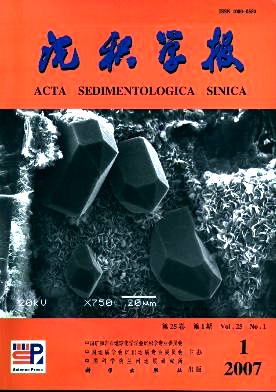Investigation of Quarternary Pollen and Spores Extraction Methods in North China
- Received Date: 1900-01-01
- Rev Recd Date: 1900-01-01
- Publish Date: 2007-02-10
-
Key words:
- Northern China /
- Quarternary /
- pollen and spores
Abstract: The extraction methods of Quaternary pollen and spores are the bases and precondition in Quaternary Palynology. Northern China is in particular physical geography environment. In Quaternary there are many different types of sediments in northern China. And at all times extraction methods of Quaternary pollen and spores from different type of sediments are the difficulties and highlights in North China. In this paper we choose 74 sediment samples which are from different types of sediment (Loesspaleosol sequence sediment samples, lake sediment samples, Aeolian sand samples, peat and bog samples, Archaeological samples and surface samples). Through our investigations in the laboratory, we have some conclusion about the extraction methods of Quaternary pollen and spores from different type of sediments. To the Loesspaleosol sequence sediment samples the HF treatment and sievinganalysis methods are effective, to be attention is the HF and HCl treatment are needed to be treated more times, and very time of treatment is need to wash to neutral. To lake sediments the HF treatment method is effective, but in North China there are many lakes in the arid area to these samples from arid lakes after HF treatment we should take another step which is heavy liquid methods. To Aeolian sand samples the HF treatment method and heavy liquid method are also effective. To peat and bog samples the heavy liquid method is effective, but some samples of the peat and bog after heavy liquid method we need use the sievinganalysis method to reduce impurity. To the archaeological samples, the first step is heavy liquid method and after that it is better to use the HF treatment method. To surface samples acidalkalifree analysis is the best choice. In the end we discussed the use of the dispersant and HNO3 and the using sequence of acid and alkali.
| Citation: | LI Yu. Investigation of Quarternary Pollen and Spores Extraction Methods in North China[J]. Acta Sedimentologica Sinica, 2007, 25(1): 124-130. |






 DownLoad:
DownLoad: